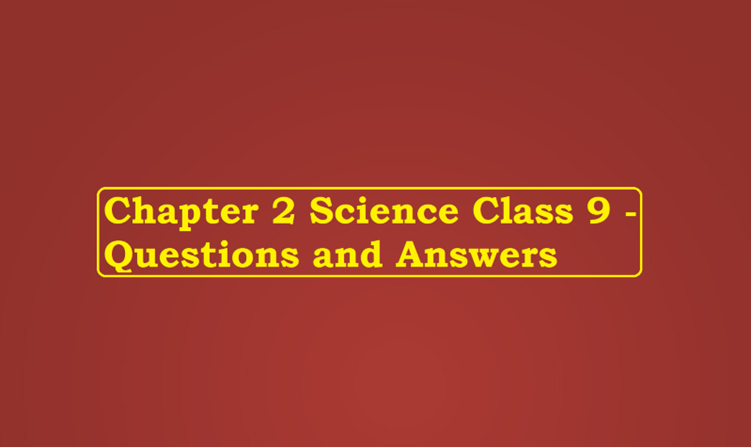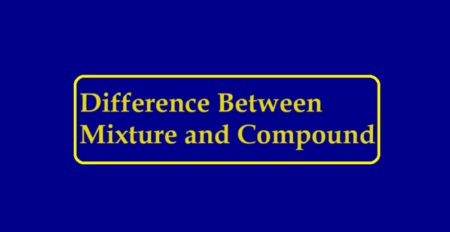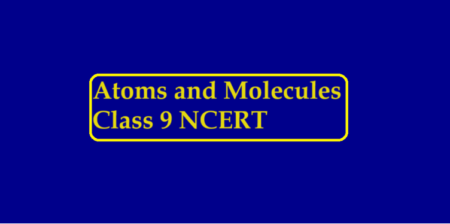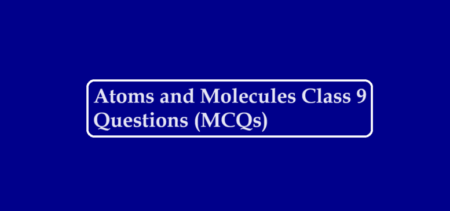Chapter 2 Science Class 9 – Questions and Answers
Chapter 2 Science Class 9
Very Short Questions
Que 1. Define solvent.
Ans 1. The component of the solution that dissolves the other component in it is called the solvent.
Que 2. Define solute.
Ans 2. The component of the solution that is dissolved in the solvent is called the solute.
Que 3. What is a ‘tincture of iodine’?
Ans 3. A solution of iodine in alcohol is known as a tincture of iodine. It has iodine (solid) as the solute and alcohol (liquid) as the solvent.
Que 4. What are alloys?
Ans 4. The homogeneous mixture of two or more metals or a metal and non-metal is called an alloy. E.g., steel is an alloy of iron and carbon.
Que 5. Give one example of gas in a liquid solution.
Ans 5. Cold-drinks, carbon dioxide gas as a solute is mixed with water as a solvent.
Que 6. How can a solution be diluted or concentrated?
Ans 6. The amount of solute dissolving in a solvent decides whether the solution is dilute or concentrated.
Que 7. What is the “concentration of a solution”?
Ans 7. The concentration of a solution is the amount of solute present in a given amount of solution or the amount of solute dissolved in a given mass or volume of solvent.
Que 8. State the difference between aqueous and, non-aqueous solutions.
Ans 8. Aqueous solutions have water as a solvent and non-aqueous solutions do not have water as a solvent.
Que 9. What is the “solubility” of a solute?
Ans 9. The amount of the solute present in the saturated solution at the given temperature is called its solubility.
Que 10. What is a saturated solution?
Ans 10. The maximum amount of solute dissolved in a solvent at a given temperature is called a saturated solution, where no more solute can dissolve further.
Short questions:
Que 11. Why is a mixture called an impure substance?
Ans 11. A mixture consists of different components which retain their properties and can be easily separated by physical processes; hence it is called an impure substance.
Que 12. State the properties of a solution.
Ans 12. The properties of the solution are:
(a) A solution is a homogeneous mixture.
(b) Particles of a solution are smaller than 1 nm and cannot be seen by the naked eye.
(c) Do not scatter a beam of light.
(d) Solute particles cannot be separated from the mixture by the process of filtration and thus, the solution is stable.
Que 13. State the properties of a suspension.
Ans 13. Properties of a suspension:
(a) Suspension is a heterogeneous mixture having a particle size greater than 100 nm.
(b) The particles of a suspension can be seen by the naked eye.
(c) Particles can scatter a beam of light.
(d) It is unstable.
Que 14. What is a colloidal solution?
Ans 14. It is a heterogeneous solution that appears to be homogeneous, particles size is very small and so cannot be seen with the naked eye but it is stable. E.g., milk, and blood.
Que 15. State the properties of the colloidal solution.
Ans 15. Properties of colloidal solution.
(a) It is a heterogeneous mixture having particle sizes between 1 nm to 100 nm.
(b) The size of the particles is very small, and cannot be seen with the naked eyes.
(c) It scatters a beam of light.
(d) They are stable as the particles do not settle when left undisturbed.
Que 16. Give the applications of centrifugation.
Ans 16. Application of centrifugation are:
(a) Used in diagnostic laboratories for blood and urine test.
(b) Used in dairies and homes to separate butter from cream.
(c) Used in a washing machine to squeeze out water from wet clothes.
Que 17. State the different types of colloids with examples.
Ans 17. Different types of colloids are:

Chapter 2 Science Class 9



